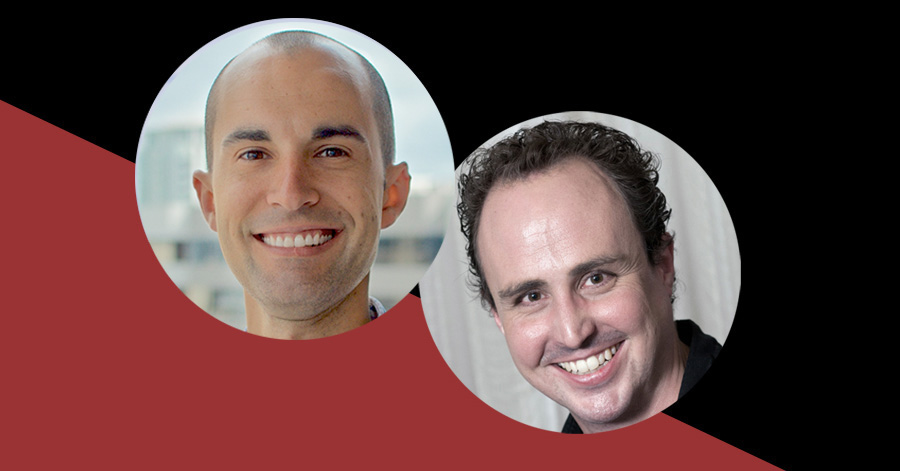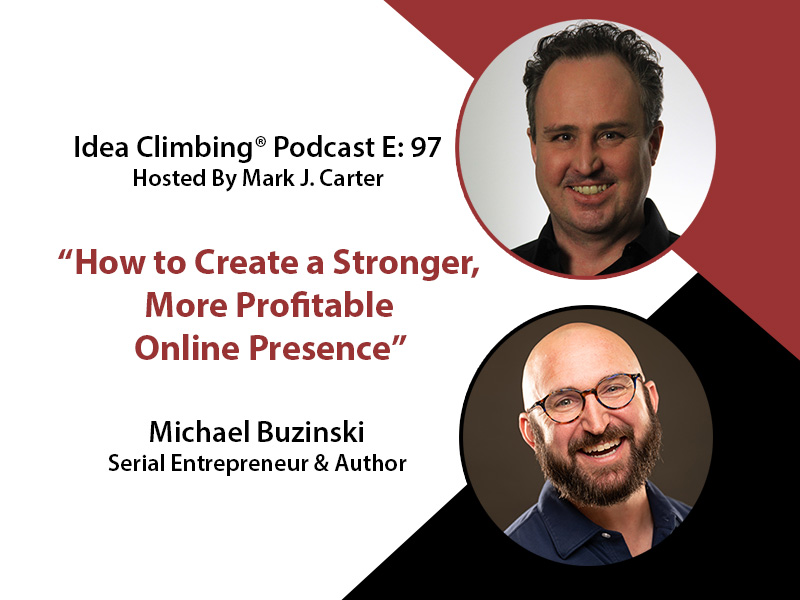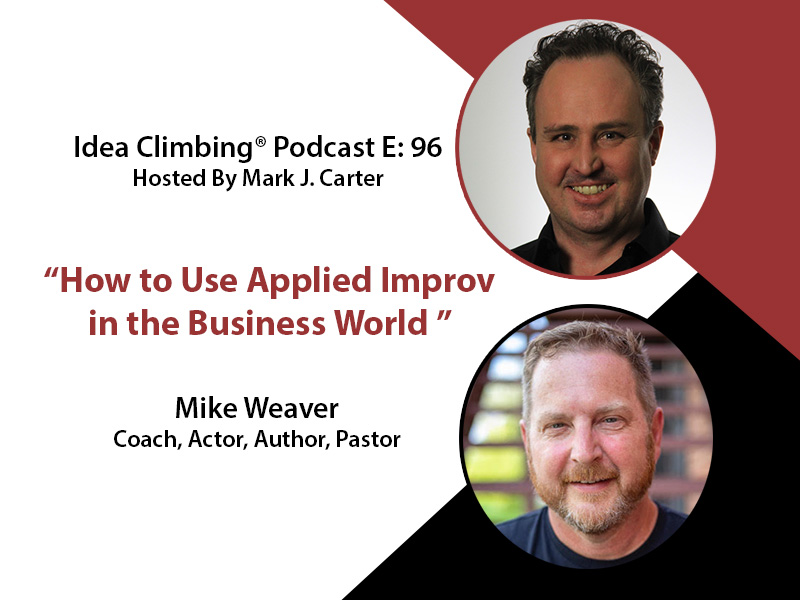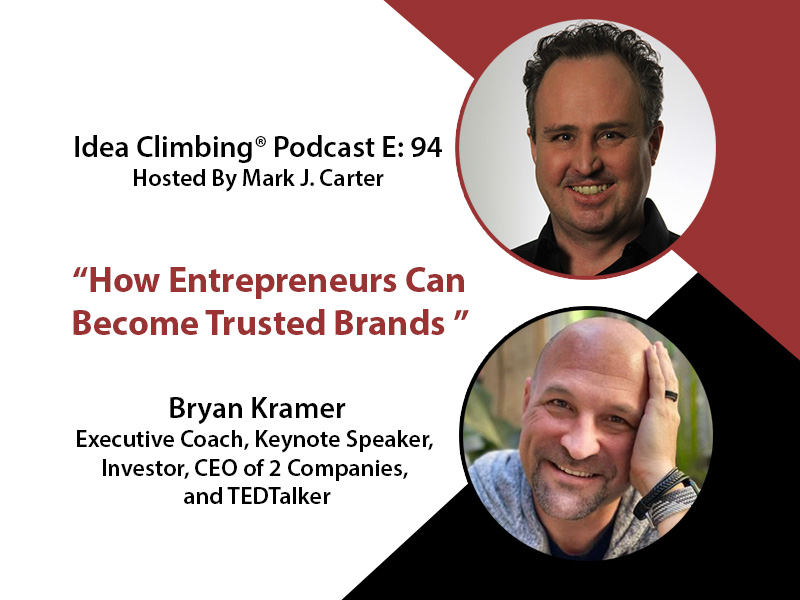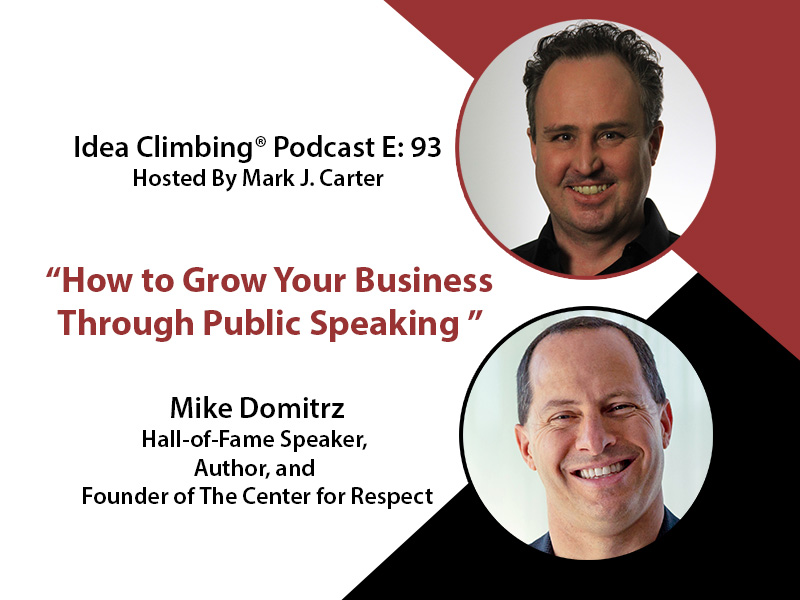Podcast: Play in new window | Download (Duration: 21:52 — 30.1MB) | Embed
Subscribe: Apple Podcasts | Spotify | Amazon Music | Android | iHeartRadio | Email | RSS | More
Everyone is moving to Zoom for meetings and presentations and there are a LOT of mistakes that you can make. There are distracted learners, the ever-possible Zoom fatigue, multi-tasking and more that can destroy the effectiveness of virtual communication. The key is to know what NOT to do and what you SHOULD do instead.
That’s what I spoke about in this episode with Matthew Confer, who is the VP of Strategy at Abilitie, an experiential learning company based in Austin TX that does simulation based learning with organizations and universities in more than 30 countries around the world.
How Do You As A Leader Make Your Content More Interactive and Engaging?
Matt’s company schedules a LOT more breaks for virtual events than they do for in person events. They just make the breaks shorter in duration, usually five to ten minutes. Matt also lets virtual attendees know to expect more and shorter breaks in advance. Otherwise the attendees go into an hour-long virtual meeting expecting to be sitting for an hour and that is not a good expectation to have.
You can embrace the things in the virtual space that people usually look forward to during in person events. That helps to fight the dreaded “Zoom fatigue” that people are getting used to. Virtual events usually lose the networking benefits of live events – there aren’t the hallway conversations while you’re waiting in line to get food and coffee. To solve this problem Matt suggests scheduling virtual coffee breaks where you put small groups of people together in Zoom breakout rooms while they drink their coffee at home. This gives attendees the opportunity to meet new people.
How to Create Success Online Interactions and Successful Learning Experiences
There’s a BIG difference between active learning and passive learning. There’s a study that showed that learning that drives achievement and development shares two characteristics: It’s active and it’s collaborative. Whatever you do add activities to your virtual presentations, otherwise it’s too easy for participants to get distracted. It’s easy for participants to get disengaged when they’re only listening to you and looking at a screen. To make your virtual events collaborative you can assign teammates to groups or partners to individuals. This way they have people to interact with and bounce ideas off of.
You can also use Zoom’s whiteboard features, chat features, polling features and more. How can you use them? If you want to keep your presentations engaging you must keep people guessing. You want them to know that the next 30 or 60 minutes of your presentation isn’t just going to be content coming at them. You want them to know that at any time they could be asked to add something to the chat or that during the next five minutes a poll might be popping up asking them to answer a question. Setting this expectation helps keep participants from getting distracted with email, texts or any of the other things that they otherwise would be taking their attention away from your presentation.
Listen In!
Is this episode we also discuss:
- The three kinds of key interactions that you NEED to have in your virtual presentations.
- How often you should meet virtually if you’re the leader of an internal team and what you should talk about.
- How to know when to have structured virtual meetings and when to have freeform virtual meetings.
- How to have engaging virtual mentorship conversations and what to talk about.
- If you only do ONE thing to enhance your virtual conversations and meetings, what that ONE thing should be.
- …and more golden nuggets of advice!
If you enjoy this episode, please subscribe and rate us on iTunes or your podcast platform of choice!
About The Guest
Matthew Confer is the Vice President of Strategy at Abilitie, a Leadership Development company based in Austin, Texas that provides immersive business simulations to a global client base that includes over 50 members of the Fortune 500. In the past three years alone Abilitie’s leadership programs have been delivered to over 20,000 corporate professionals in more than 30 countries.
Matt hosts the Learn To Lead Podcast where he speaks with authors, professors, creatives, and business leaders about their leadership journey and how they are working to develop the leaders of tomorrow.
Matt has spoken on the topic of decision making at the TEDx Conference, and on the topic of leadership development at The Chief Learning Officer Exchange. His work has been featured by The Association For Talent Development and his recent articles have appeared in Training Industry Magazine.
Matt has facilitated simulation-based training in North America, Europe, Asia, and the Middle East for clients including Marriott Hotels, Coca-Cola, Nokia, and CBS. He began his career at Deloitte Consulting and holds an MBA from Boston University.
